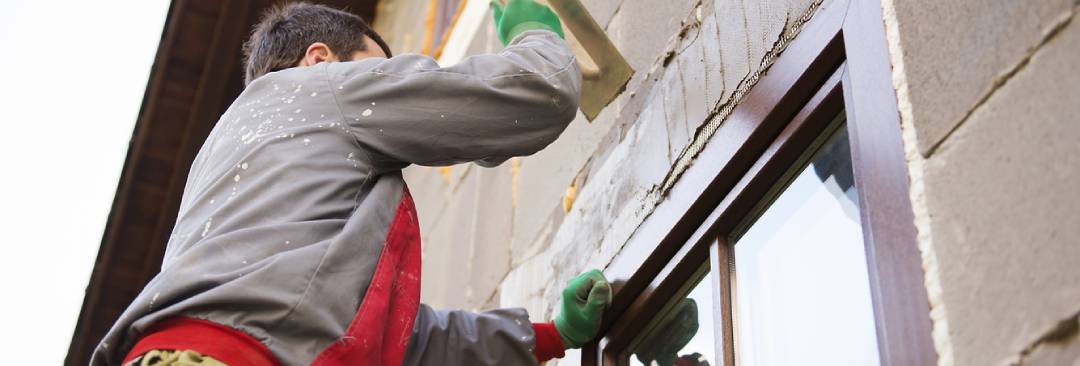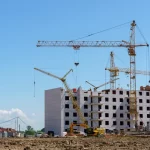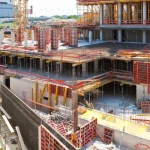Dry Plastering - Australian Special skills and Services
Dry Plastering: A Comprehensive Manual for Gaining Qualifications and Launching Your Professional Journey
Plastering is a specialised craft that entails the precise application of plaster onto walls, ceilings, and various surfaces. Given the substantial expansion of the construction sector in Australia, there is an increasing need for skilled plasterers capable of delivering exceptional quality work.
Opting for a career in dry plastering can be an excellent decision, especially if you find satisfaction in the construction field, possess a keen eye for detail, and can efficiently manage tasks within tight deadlines.
Advantages of Attaining Qualifications as a Professional in Dry Plastering
Numerous advantages come with embarking on a career in plastering, such as:
- Increased Demand: As the construction industry flourishes in Australia, there is a substantial need for proficient plasterers.
- Professional Advancement: With accumulating experience and skill development, there are prospects for career growth within the industry.
- Employment Stability: The field of plastering offers job security, remaining consistently in demand as long as construction activities persist.
- Diverse Project Scope: Engaging in plastering means participating in a spectrum of projects, spanning from residential to commercial ventures.
- Occupational Fulfilment: Being a plasterer allows you to witness the tangible outcomes of your dedicated efforts on a daily basis, contributing to job satisfaction.
Possible Workplaces
As a certified dry plasterer, you have the flexibility to work in diverse environments, including:
- Residential Construction: This encompasses tasks related to new home construction and renovation projects.
- Commercial Construction: This entails participating in substantial construction endeavours, including projects like office buildings and shopping centres.
- Industrial Construction: This encompasses involvement in significant construction undertakings like factories and warehouses within the industrial sector.
Dry Wall Plastering License Overview
In Australia, obtaining a drywall plastering licence is essential for individuals aspiring to work as dry plastering contractors. This licence authorises the execution of various dry plastering tasks and installations, including:
- undertake false and suspended ceiling installations
- installation of cornices
- installations involving fibrous cement sheeting
- handling tasks related to fibrous plaster sheeting
It's important to note that in certain Australian states and territories, wet and dry plastering are regarded as a unified trade, sharing common considerations within the licensing framework.
Upon securing your licence, you gain the ability to engage in building construction, repairs, renovations, alterations, as well as the construction of garages and swimming pools, providing a comprehensive scope of opportunities in the industry.
If you possess building experience and skills without formal certificates or diplomas, you have the option to acquire a nationally recognized qualification through the Recognition of Prior Learning (RPL) process.
Applying for a Trade Licence
The criteria for obtaining a dry plastering trade licence can vary across Australian states and territories. Typically, a nationally recognized qualification, such as the Certificate III in Wall and Ceiling Lining - CPC31220, is required to be eligible for applying for a licence. It's essential to be aware of the specific requirements set by the licensing authority in your jurisdiction.
Additional certificates that might be acknowledged in your state or territory encompass:
- Certificate III in Fibrous Plaster and Plasterboard Trade TAFE course #0115
- Qualification 11764 Certificate III in Plastering, Fibrous and Plasterboard
- Trade TAFE course #2153BCG30298 Certificate III in General Construction (Wall and Ceiling Lining) TAFE course #8062
- BCG31203 Certificate III in Wall and Ceiling Lining
- CPC31208 Certificate III in Wall and Ceiling Lining
- CPC31211 Certificate III in Wall and Ceiling Lining
After obtaining your qualifications, the next step is to fulfil your state or territory's particular prerequisites to apply for a dry plastering trade licence. This may involve passing safety inductions and acquiring pertinent building permits, among other specified requirements. It's crucial to thoroughly understand and adhere to the regulations set by the licensing authority in your jurisdiction.
Gaining a Qualification via RPL
Australian Special Skills and Services is committed to assisting individuals in transforming their wall and ceiling lining skills and experience into a nationally recognized qualification. The process involves determining your eligibility for Recognition of Prior Learning (RPL) and connecting you with a Registered Training Organisation capable of certifying your skills. Additionally, they offer support in compiling a comprehensive portfolio of evidence to submit as a crucial component of your application.
Whether you're a local student or a migrant, there are programs designed to facilitate the expedited acquisition of qualifications by aligning them with Australian standard experience and requirements.
Prepared to officially certify your plastering expertise?
Determine your eligibility for Recognition of Prior Learning (RPL) with a quick 60-second skills check.














